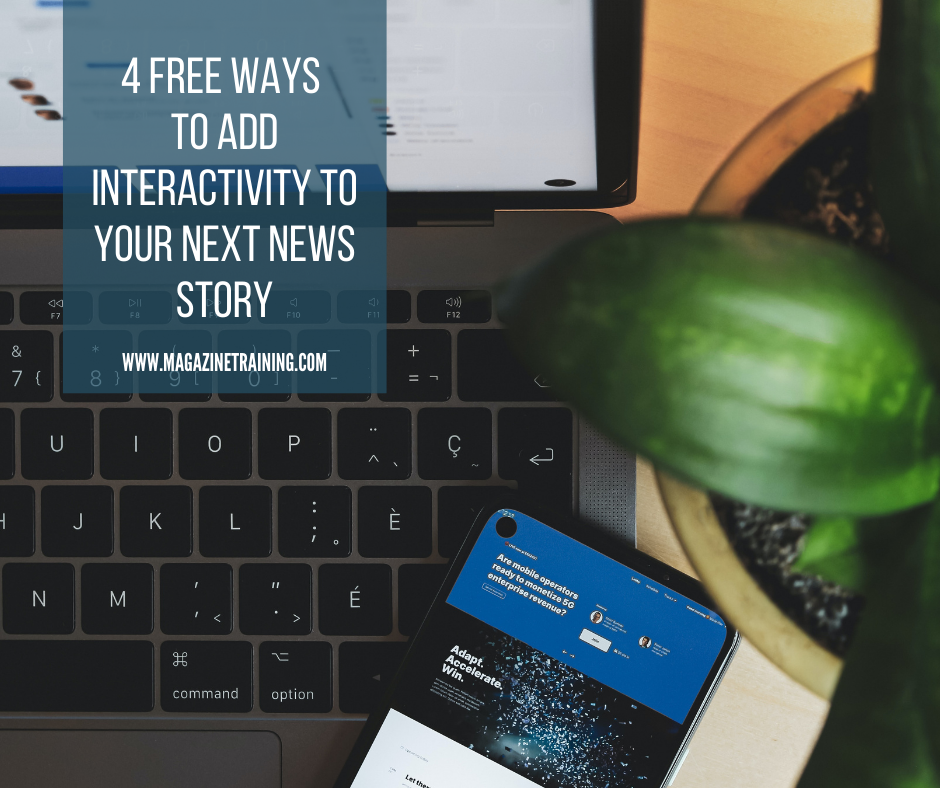
You don’t have to be a programming prodigy to add interactivity to your content.
Steven King, professor of multimedia journalism at UNC Chapel Hill and former video editor for The Washington Post, showcased free and inexpensive tools for interactive storytelling at the recent Journalism Interactive (J/i) conference, a gathering of journalism educators and professionals.
IJNet attended King’s session and picked these four tools to highlight for adding visual elements on the cheap to your next news story or project.
With Infogr.am, you can create embeddable infographics for free from pre-made templates. You can add a Vimeo or YouTube video, text, maps, charts (there are about 30 to choose from) or an image. You can upload a spreadsheet of data, or input the data directly into Infogr.am’s built-in spreadsheet. You can embed it or share it on social media, or with the pro version you can download it as a PNG or PDF file. The company also has an infographic creator for video on the way.
Timeglider is a timeline-building tool that suits projects with many data points. The tool will suit complex projects with a lot of small facts over a long period of time. Here’s an example of a timeline which tracks all the events of the Plame Affair. If you’re looking for something more visually oriented and streamlined, you can check out Timeline.js. Timelines are also shareable and embeddable.
One of the simplest ways out there to build a map is with the new Google Maps Maker, which is the first sign that a larger Google Maps suite is coming, according to King. You can place plot points and hyperlink them to any additional info. You can also add roads, outlines of buildings and natural features. As long as the map is public, you can embed it on a different site. This tool is perfect for a simple map with a few data points, but if you have a large data set, give Batch Geo a try.
ThingLink is a highly visual tool that lets you link images with web content, adding context with sound, text, social media profiles, other images and more. You’ll drop a pin on a static image and when you hover over it, the type of media you linked to it will pop up. You can then embed your interactive image or share it on Twitter, Facebook, Tumblr or via email. Here’s a ThingLink image of the Mars Rover. It’s not one of the newest tools, but its simplicity and easy payoff have kept it relevant.
Check out all of King’s suggestions here.
International Journalists’ Network, (http://ijnet.org/) May 23, 2014
Related posts
Magazine Training International’s mission is to encourage, strengthen, and provide training and resources to Christian magazine publishers as they seek to build the church and reach their societies for Christ.

